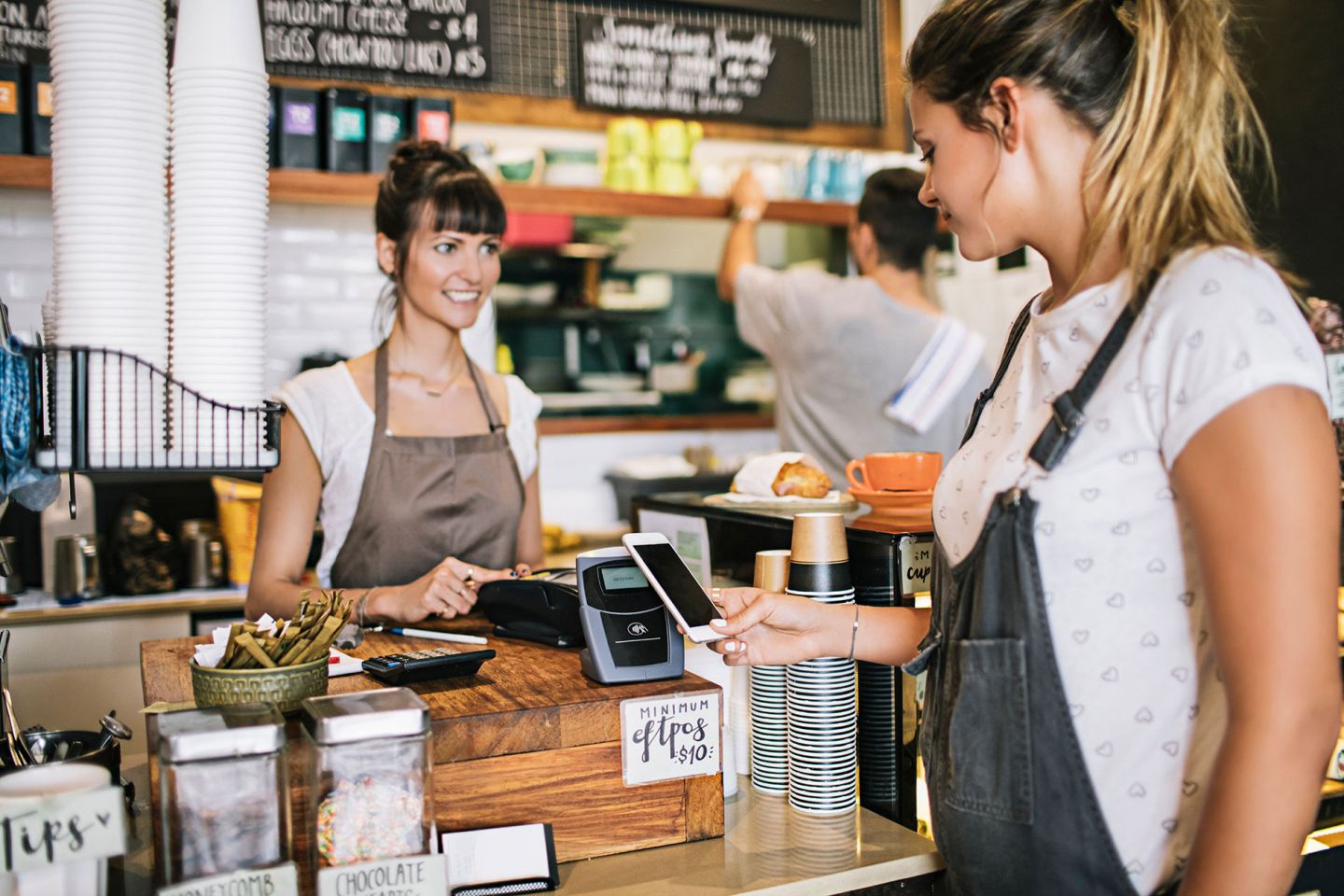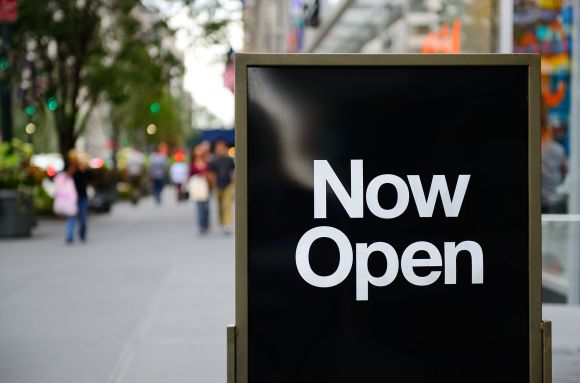It’s no secret that the restaurant industry is in the midst of a rough period. Between mask mandates, consumer hesitations, reduced occupancy, and everything else, it can feel like one blow after another.
Since March 2020, many brands have relied on services like DoorDash, Grubhub, Uber Eats, and other third-party delivery services to get food out the door. In fact, half of Americans have now ordered from a third-party delivery service, which has contributed to the industry's 15% growth from August 2020 to August 2021. However, these delivery services, like DoorDash and Uber Eats, take a cut of anywhere from 15-40% from transactions with restaurant partners. In this volatile environment, how can restaurants maintain and improve profitability?
Here are three best practices.
1. Clearly Define Your Customers
It’s no longer enough to understand the demographics, incomes, and traits of your best customers. You need to go further and analyze the behavior of specific individuals within your customer base. Do they patronize your restaurant a few times a year, or are they regular customers? Do they only respond only to coupons and special deals, or do they visit during non-promotional periods? Do they usually come for breakfast, lunch, or dinner? Understanding these small differences can help you improve customer engagement and drive more traffic.
2. Focus on Customer Loyalty, Not Acquisition
Acquiring new customers can be very expensive. Plus, once you’ve attracted a new customer to your restaurant, there’s no guarantee that he or she will return. Millennials and members of Generation Z, in particular, are the most likely customers to take advantage of your money-saving coupon and then never come to your store again. Focus instead on customers who have already demonstrated an affinity for your restaurant. Convincing these individuals to visit more often is usually far less costly than trying to acquire new customers.
3. Consider Adding In-House Delivery
While this might not be the best solution for every restaurant, it allows brands to have more control over the delivery speed and experience while cutting out third-party costs. Strategies like this make more sense in urban areas with smaller trade areas so food has less distance to travel to reach customers. But adding an in-house delivery service takes time, money, staff, and often rethinking the menu. Before committing to this model, it's important to understand your market, your customers, your bottomline, and the possible benefits.
The Bottom Line
Understanding the differences in your customer base, who your right customers are for additional marketing investment, and effectively targeting those customers is difficult, but not impossible. Using mobile GPS data can make this process easier by allowing you to understand who's visiting a location, when they're visiting, where else they're going, and more--all at household level granularity.
To learn more about how mobile GPS data can benefit your restaurant, check out our Mobilytics app.


